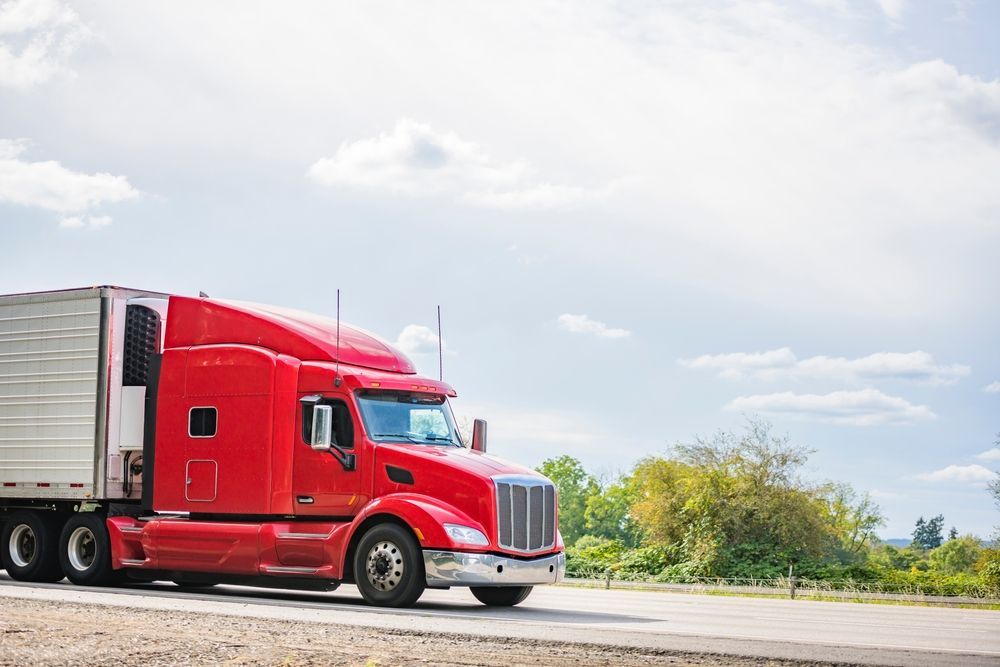Sales Tax Refunds Processing: Strategies for Transportation Companies to Recover Overpaid Tax
Share this Article:

For many transportation and logistics businesses, sales tax can be a silent profit drain. Whether it’s overpayments on equipment purchases, misapplied tax on services, or exemption mismanagement, millions of dollars are lost each year due to sales tax errors. Fortunately, through a disciplined sales tax refunds processing strategy, companies can recover those funds and bolster their bottom line.
In this article, we explore how sales tax refunds work, what triggers overpayments, and how transportation companies can streamline the refund process to maximize recovery.
Understanding Sales Tax Overpayments in Transportation
Sales tax laws vary dramatically by state, and the transportation sector faces unique challenges due to its multistate operations and complex purchases. Common sources of overpaid or misapplied tax include:
- Tax charged on exempt items such as trailers, tires, repair parts, or leased equipment
- Interstate commerce exemptions not properly applied
- Vendor error on invoices
- Incorrect nexus assumptions by out-of-state sellers
- Failure to apply direct pay permits or resale certificates
Over time, these issues can result in significant cumulative overpayments—often recoverable through a refund claim.
Common Triggers for Refund Eligibility
Transportation companies may be eligible for sales tax refunds under several conditions:
1. Exempt Use Cases
Many states exempt rolling stock, common carrier purchases, or items used directly in transportation from sales tax. If tax was paid on exempt transactions, it may be refundable.
2. Over-Collected or Duplicated Tax
Vendors sometimes incorrectly collect tax on both services and tangible goods, or charge tax across multiple states for a single transaction. Duplicate taxation can often be reclaimed.
3. State Boundary Issues
Mobile assets that operate across state lines may be taxed incorrectly, especially when equipment is domiciled in one state but operates primarily in another.
4. Error in Application of Direct Pay or Exemption Certificates
If a company fails to provide or properly execute an exemption certificate or direct pay permit at the time of purchase, a refund may still be possible if conditions are met.
The Sales Tax Refund Process
Step 1: Data Gathering
Compile detailed transactional data: purchase invoices, sales tax paid, exemption certificates, vendor names, and usage documentation. This can include data from accounting software, ERP systems, and physical files.
Step 2: Transaction Review and Eligibility Analysis
A tax professional or automated system reviews transactions to identify refund opportunities. This step includes applying state-specific exemptions and statutes of limitations.
Step 3: Vendor vs. State Claim Evaluation
Refunds can typically be requested either through:
- The Vendor (Seller Refund): Quicker, but requires vendor cooperation.
- The State (Direct Refund): More documentation-intensive, but bypasses the vendor.
Each state has specific rules about who can file and when, so this choice must be made carefully.
Step 4: Prepare and Submit Claims
Prepare refund applications per jurisdictional requirements. This typically includes:
- Proof of payment
- Explanation of overpayment
- Exemption documentation
- Affidavits or notarized claims
Step 5: Track and Manage Follow-Up
Most refund claims take 2–9 months to process. Some states allow online status tracking, while others require follow-ups via phone or mail. Accurate tracking ensures nothing is missed.
State-Specific Nuances and Timelines
Every state has its own refund window—ranging from 2 to 4 years on average. Additionally, documentation standards and exemption eligibility vary. For example:
- Illinois allows refunds on rolling stock but requires proof of interstate commerce.
- Texas permits resale exemption but enforces a strict statute of limitations.
- California has complex rules on lease vs. purchase taxation, especially for truck leasing companies.
Tips for Streamlining Sales Tax Refunds
- Centralize Documentation: Keep digital copies of all tax-related records organized by vendor and state.
- Use Data Analytics Tools: Automate the review of high-volume transactions to find anomalies.
- Maintain Certificate Compliance: Regularly audit and update resale/exemption certificates.
- Engage Specialists: A tax recovery firm with industry-specific expertise can often recover overlooked funds and handle state negotiations.
Conclusion
Sales tax refunds can represent a significant revenue recovery opportunity for transportation companies—but only when approached methodically. With the right tools, knowledge, and partners, businesses can turn past tax errors into present-day cash flow improvements.
At Transportation Tax Consulting LLC, we help transportation companies identify, claim, and maximize their eligible sales tax refunds across jurisdictions. From document preparation to state correspondence, we handle the complexities so you can focus on growth.
Share with Us:




